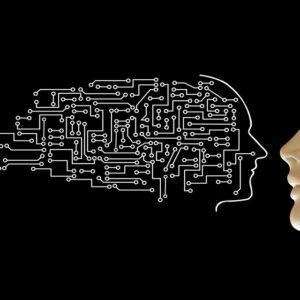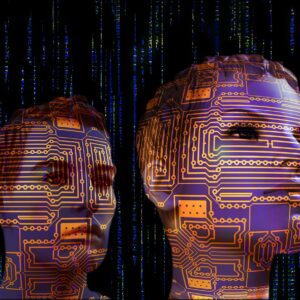 Our world is changing faster than ever. We’re on the brink of a new era, one where artificial intelligence (AI) can do more for us than we ever thought possible. But it’s not just about AI becoming more pervasive in our lives—it’s also about how AI will change the way we interact with technology and each other. So what are some of these trends? Let’s take a look at some of them below:
Our world is changing faster than ever. We’re on the brink of a new era, one where artificial intelligence (AI) can do more for us than we ever thought possible. But it’s not just about AI becoming more pervasive in our lives—it’s also about how AI will change the way we interact with technology and each other. So what are some of these trends? Let’s take a look at some of them below:
AI-based cybersecurity
AI-based cybersecurity is a big deal. AI systems can detect and prevent attacks, adapt to new threats, help defend against attacks, and even defend against insider threats. The technology also helps protect against social engineering, phishing attacks and ransomware. A lot of this technology is already in use or available for businesses to implement—in fact, some of it has been around for years. Right now we’re seeing some really interesting advances in AI-powered cybersecurity tools as well as software that can be used by IT professionals to better understand their own networks and identify vulnerabilities before they become actual problems. In 2022 these will be standard features in all operating systems so that anyone who has access to your data or network infrastructure has the tools needed to spot problems before they happen (or after).

AI and the metaverse
The metaverse will be a virtual universe, with its own laws and rules. It’s also called a metaverse, meaning “beyond space and time.” Imagine a world where you can interact with virtual objects like you would in the real world. You could walk up to a wall and press your hand against it like you would any other surface, but this “wall” is actually an image displayed by your computer or phone screen—and when you pull your hand away, the object remains there instead of falling down like it would in real life!
AI and the Internet of Things (IoT)
With the increasing prevalence of IoT devices, AI can be used to predict how an individual might react to certain stimuli. For example, imagine you’re at a tourist spot in Rome and your phone starts ringing. While it could be a friend or loved one wanting to chat, it might also be someone impersonating you—someone who has stolen your identity and wants access to your money or other assets. If this happens at a time when there are many people around your phone may seem like just another ringtone among so many others but if it happens when you’re alone then it would stand out more because there are far fewer possibilities as far as what that noise could be.

The idea behind this kind of technology is that once you have trained the algorithm using sample data from past encounters then it can make predictions based on similar situations without needing new training each time.





